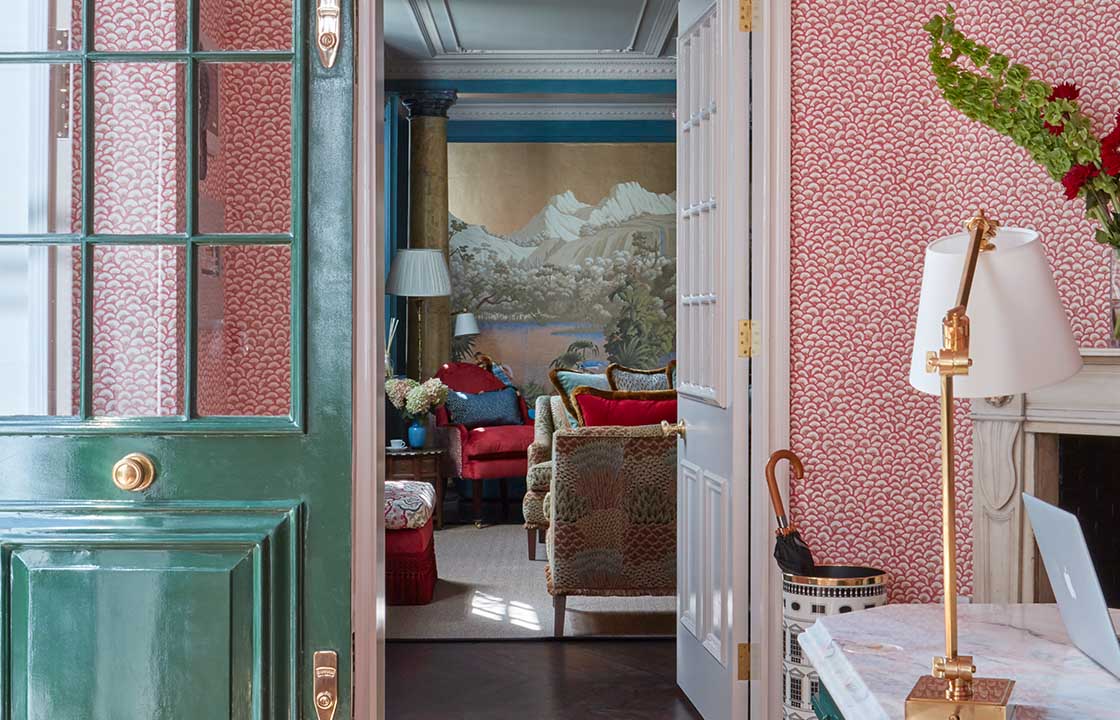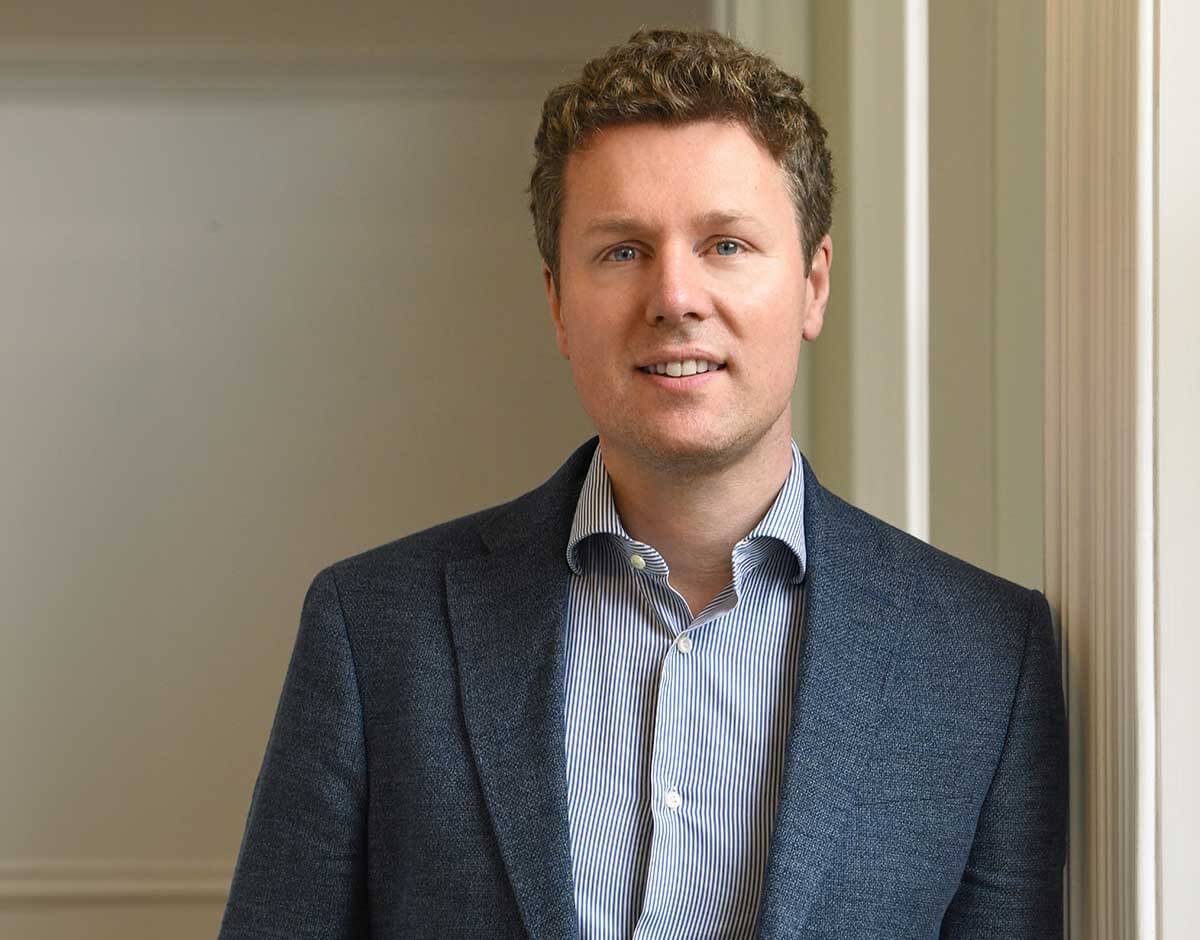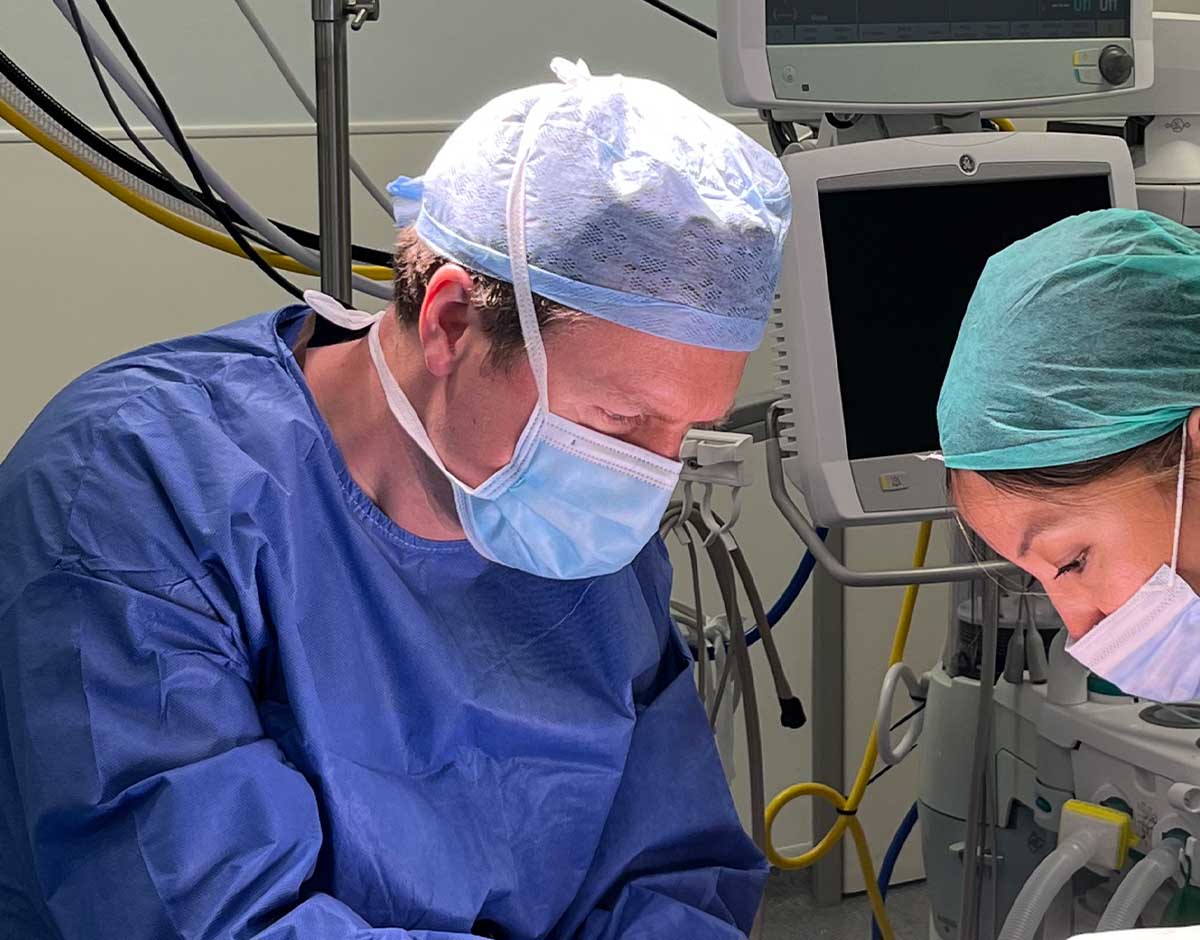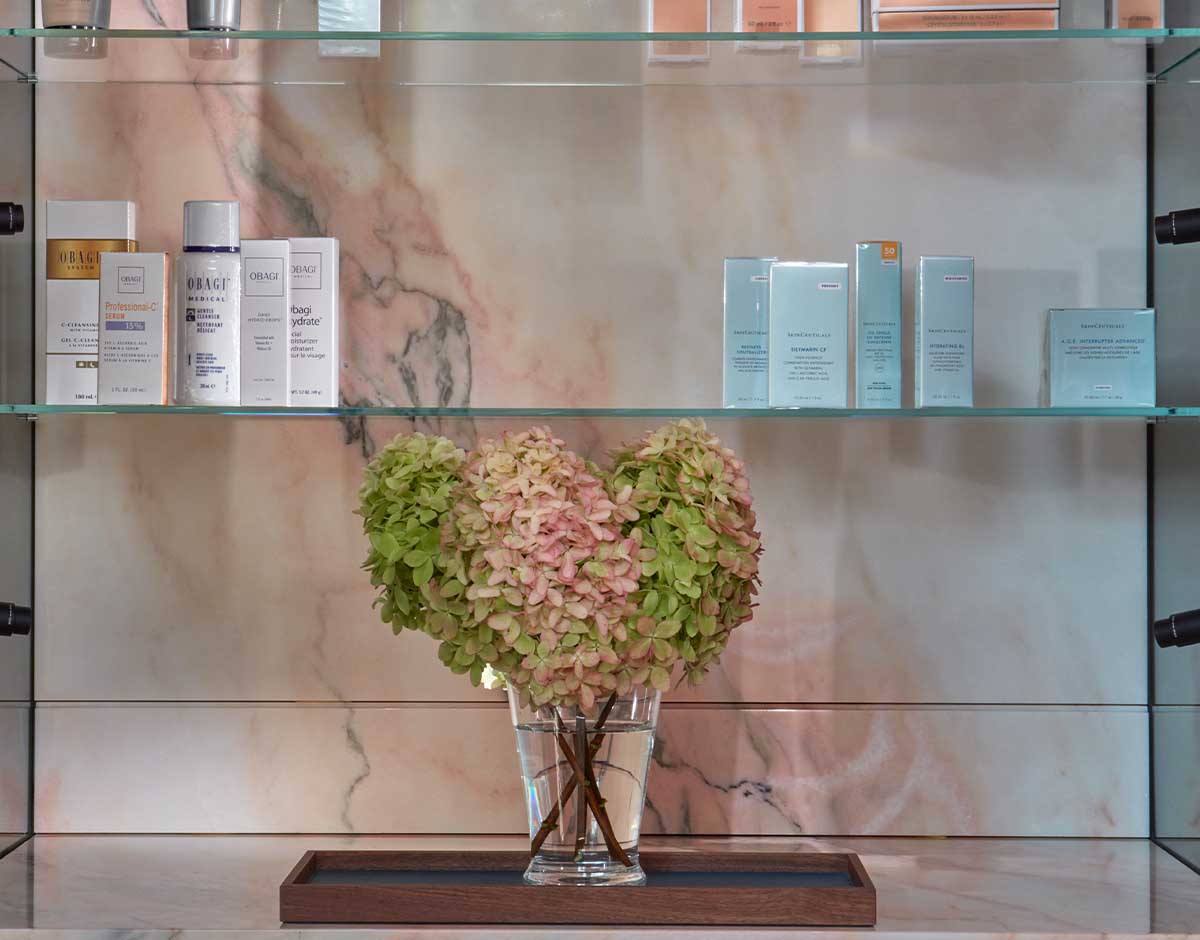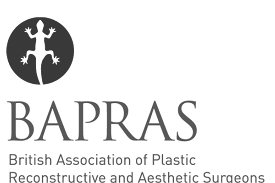-
What is pinnaplasty surgery?
Pinnaplasty is a surgical procedure designed to reshape and reposition prominent ears using fine sutures through a small incision, and occasionally reducing cartilage in the conchal bowl of the ear. The surgery aims to improve the appearance of ears that are prominent.
-
Can anyone have pinnaplasty surgery?
Anyone with prominent ears and an ear shape they’re not happy with can be considered for the surgery. Ideal candidates have fully developed ear cartilage, typically from around age 5, and are in good overall health.
-
What happens at the first appointment for pinnaplasty surgery?
At the first appointment for pinnaplasty surgery, a full ear analysis and assessment takes place to determine the underlying cause of prominent ears. Jonathan needs to examine whether the issue stems from an absent anti-helical fold, a deep conchal bowl, or both. This distinction is vital as it guides the surgical approach. During the consultation, your ears will be carefully evaluated, and your concerns discussed. Understanding these specific anatomical factors will allow Jonathan to tailor the procedure, ensuring optimal results and a higher level of satisfaction for you.
-
How painful is pinnaplasty surgery?
The surgery is not very uncomfortable. During the procedure, you will have local anaesthesia to ensure no discomfort. Post-surgery, you may experience mild to moderate pain, often reportedly described as a dull ache or tightness. Over the counter pain medication is usually enough to manage any discomfort effectively. Most patients find the discomfort subsides significantly within 3-5 days, with full recovery in about 2 weeks.
-
How long does pinnaplasty surgery take?
Pinnaplasty usually takes between 30 to 60 minutes to complete. The exact duration can vary depending on the complexity of the case and factors needing correction.
-
What results can I expect from pinnaplasty surgery?
We would expect you to have less prominent ears and greater facial harmony. After recovery, the ears will sit closer to the head, creating a more balanced profile. While individual results may vary, most patients achieve a natural-looking outcome with minimal scarring. It’s important to note that full healing can take several weeks, during which time patients may experience some swelling and discomfort.
-
Are there any risks associated with pinnaplasty surgery?
Pinnaplasty, or ear correction surgery, is generally safe but carries some risks. Infection is and can occasionally need further treatment. Jonathan will discuss all possible risks and side effects with you when you visit him for your initial consultation, but the majority of patients suffer from no ill effects and find the surgery a positive experience.
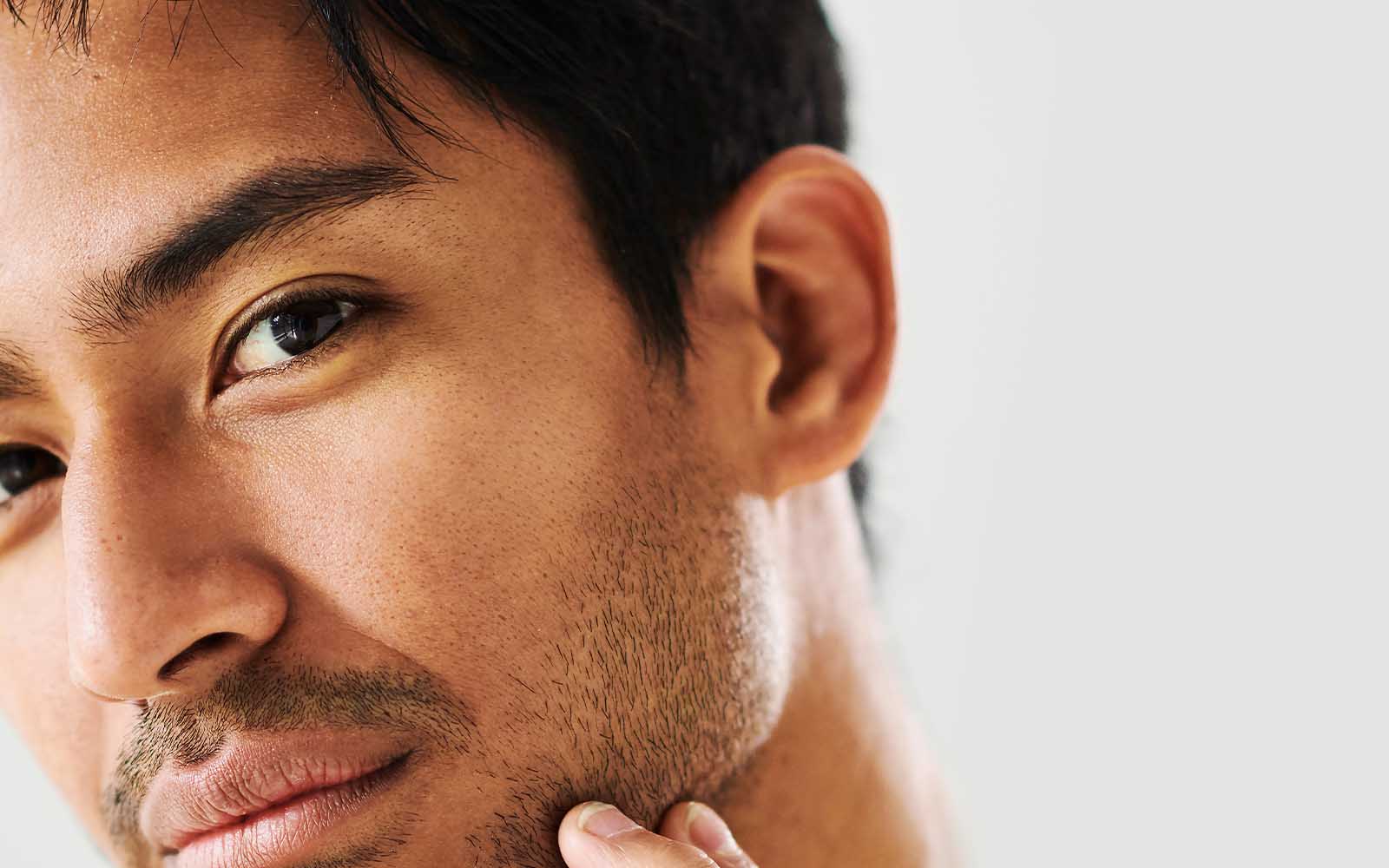
Pinnaplasty (Correction of Prominent Ears)
Face Aesthetic
Pinnaplasty is corrective surgery that addresses prominent ears. It can improve subtle prominence of the ears, asymmetry and very prominent ears. The procedure typically involves 1-3 fine sutures to reshape the ear, restore the antihelical fold and set it back in a short local anaesthetic surgery. The result is a more natural-looking fold and position. It can be performed on children and adults to enhance facial harmony.
Surgery may address:
- Upper ear prominence
- Absence of an anti-helical ear fold
- A deep conchal bowl of the ear
- A prominent earlobe
What happens during a pinnaplasty procedure?
In adults the procedure is typically performed under local anaesthetic. Jonathan will make a small incision behind the ear and reshape the ear using fine sutures to achieve a more balanced appearance. Occasionally, the conchal bowl of the ear is deep and the cause of ear prominence, and the subtle removal of cartilage is needed for correction.
Choosing Jonathan Dunne for your pinnaplasty surgery
Jonathan delivers meticulous attention to detail, and creates a very comfortable experience from consultation to recovery.
Faqs | Pinnaplasty (Correction of Prominent Ears)
“Very happy with the procedure and how everything went. Thank you!”
Client Review





